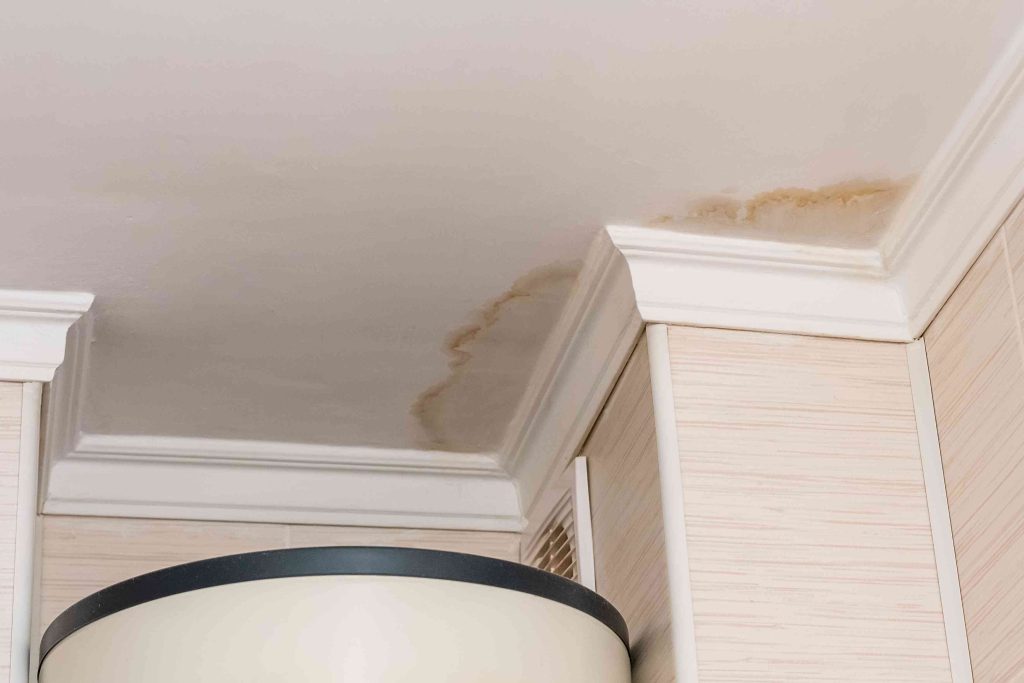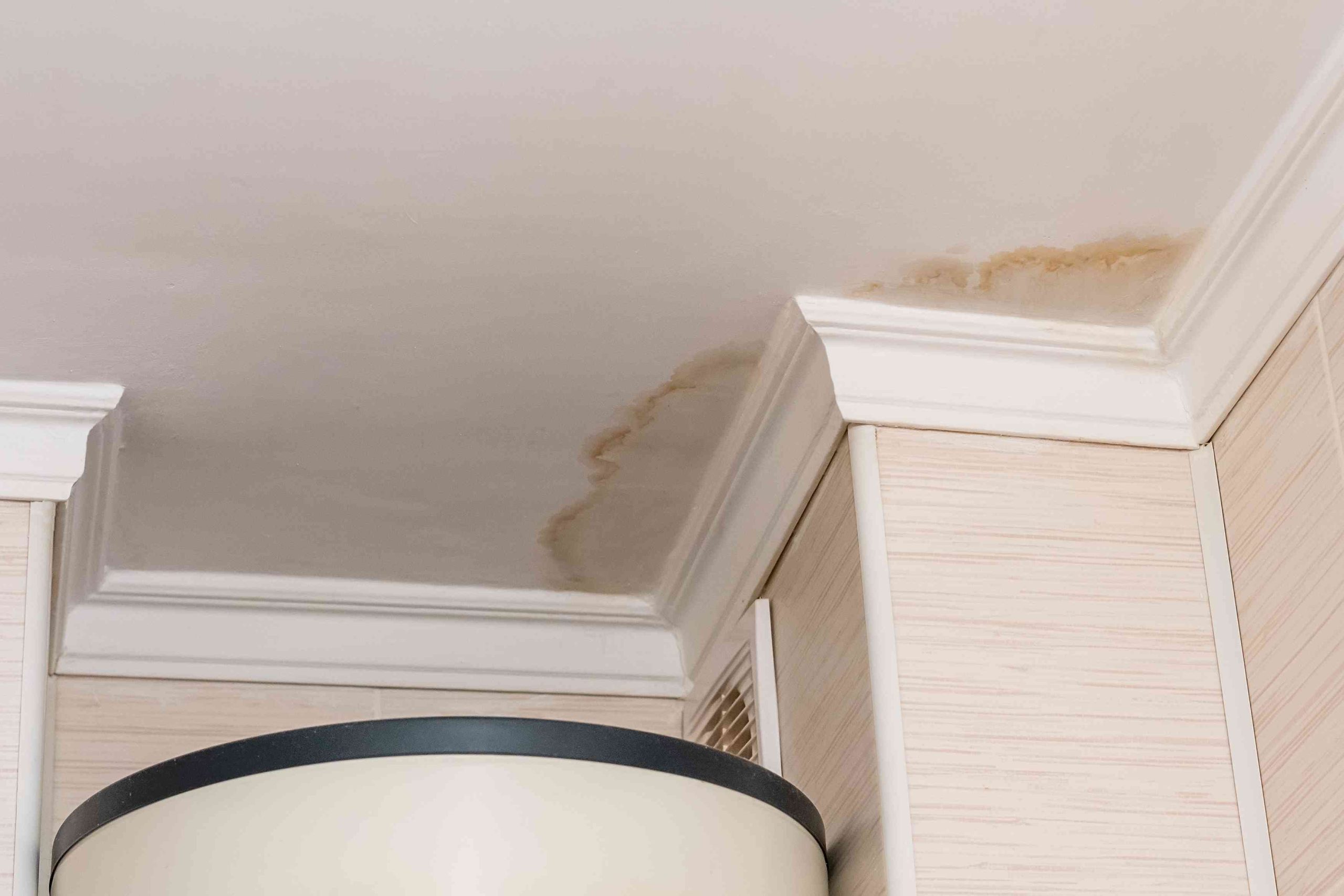Ceilings are not only an essential structural element of our homes but also play a crucial role in maintaining a comfortable indoor environment. However, the presence of “Ceiling Condensation Stains” can be a cause for concern, signaling potential issues that need attention. In this article, we will delve into the intricacies of these stains, exploring their causes, implications, and effective solutions to restore the pristine appearance of your ceilings.

The Culprit Within: Demystifying Ceiling Condensation Stains
Ceiling Condensation Stains: Causes and Origins
Understanding the root causes of ceiling stains is the first step towards addressing the issue. Often, these stains are a result of excess moisture accumulating on the ceiling surface. Common sources include poor ventilation, leaks, and fluctuating indoor temperatures. Identifying the source is crucial for implementing effective solutions.
The Impact of Neglect: Consequences of Ceiling Condensation Stains
Beyond their unsightly appearance, ceiling condensation stains can lead to more significant problems if left unaddressed. Mold and mildew growth, structural damage, and compromised indoor air quality are among the potential consequences. Timely intervention is essential to prevent further deterioration and maintain a healthy living environment.
A Closer Look at Solutions
Ventilation Matters: Improving Air Circulation
Inadequate ventilation is a common factor contributing to condensation on ceilings. Ensuring proper air circulation within your home can significantly reduce moisture buildup. Consider installing exhaust fans in areas prone to humidity, such as kitchens and bathrooms, to mitigate the risk of ceiling stains.
Addressing Leaks: Sealing the Source
Ceiling stains may result from water leaks originating from the roof, plumbing, or windows. Regular inspections and prompt repair of any leaks are essential to prevent water infiltration. Sealing the source of the leak not only eliminates the immediate issue but also safeguards against potential structural damage.
Insulation Insights: Controlling Temperature Fluctuations
Ceiling stains often occur when warm, moist air comes into contact with a cooler ceiling surface. Improving insulation in your home can help regulate indoor temperatures and reduce the likelihood of condensation. Proper insulation acts as a barrier, preventing warm air from reaching the ceiling and causing moisture buildup.
Preventing and Treating
Humidity Management: Setting the Right Levels
Maintaining optimal humidity levels in your home is critical to preventing condensation. Use dehumidifiers in areas prone to moisture, and be mindful of activities that contribute to increased humidity. Consistently monitoring and controlling humidity can significantly reduce the occurrence of ceiling stains.
Stain Removal Strategies: Restoring Your Ceilings
If ceiling condensation stains have already made their mark, various stain removal strategies can help restore the aesthetics of your ceilings. Mild cleaning solutions, such as a mixture of vinegar and water, can be effective for light stains. For more stubborn stains, professional cleaning services may be required.
Read too: Understanding and Addressing Termite Ceiling Damage: Unveiling the Hidden Threat
Conclusion: Navigating the Challenges of Ceiling Condensation Stains
In conclusion, ceiling condensation stains are not merely cosmetic issues; they can indicate underlying problems that demand attention. By understanding the causes, implications, and effective solutions, homeowners can take proactive measures to prevent and address these stains.
Regular maintenance, vigilance against leaks, and a commitment to proper ventilation are key components of a strategy to combat ceiling stains. Remember, a well-maintained ceiling not only enhances the visual appeal of your home but also contributes to a healthy and comfortable living environment.
